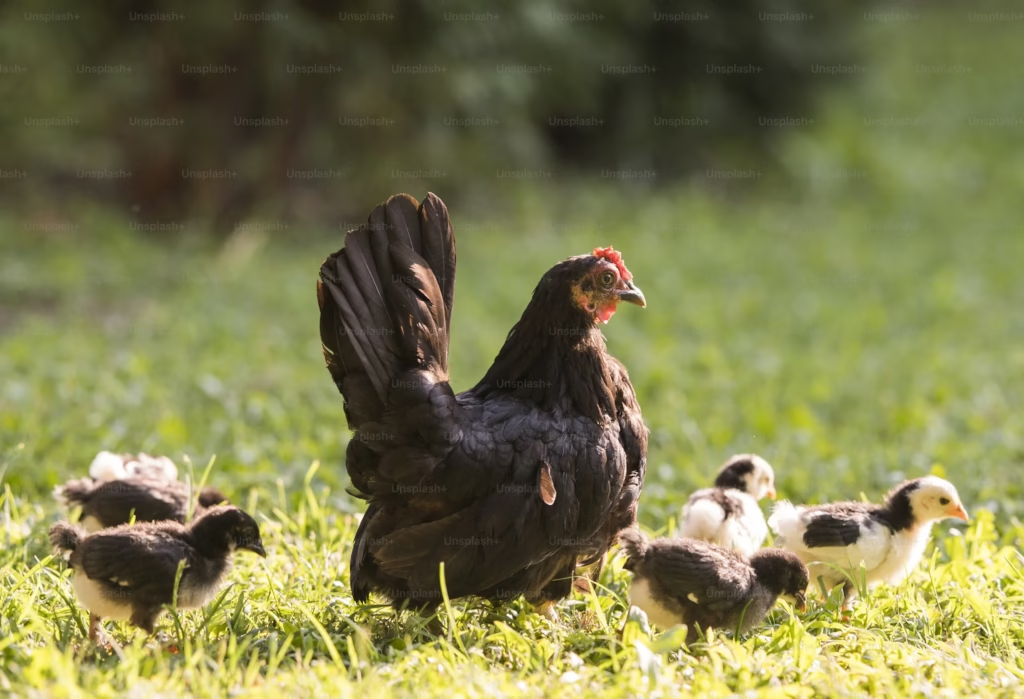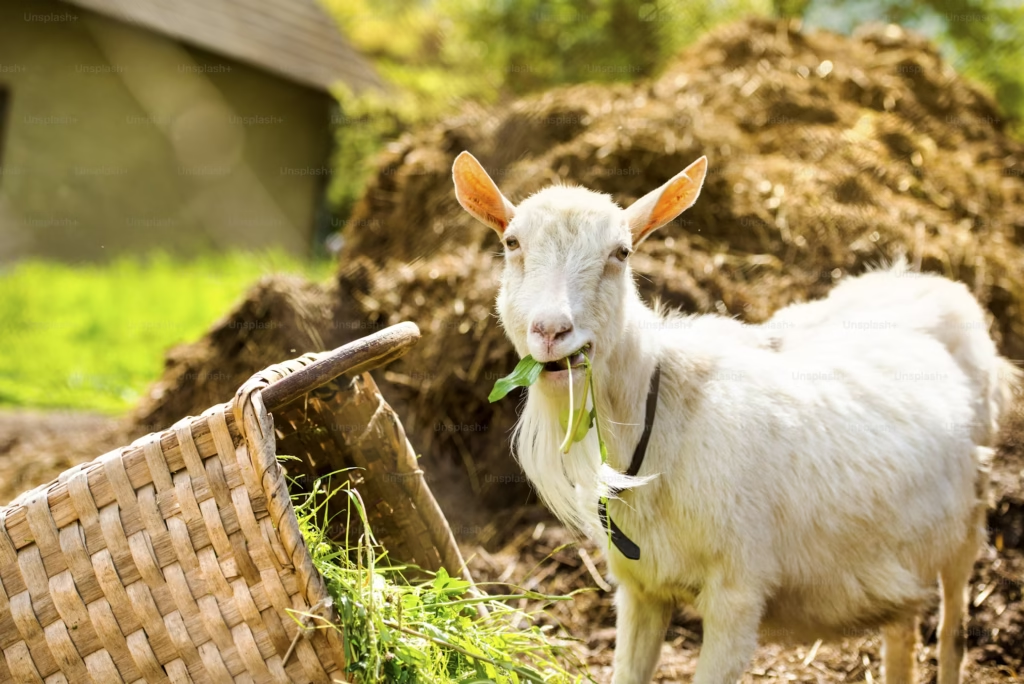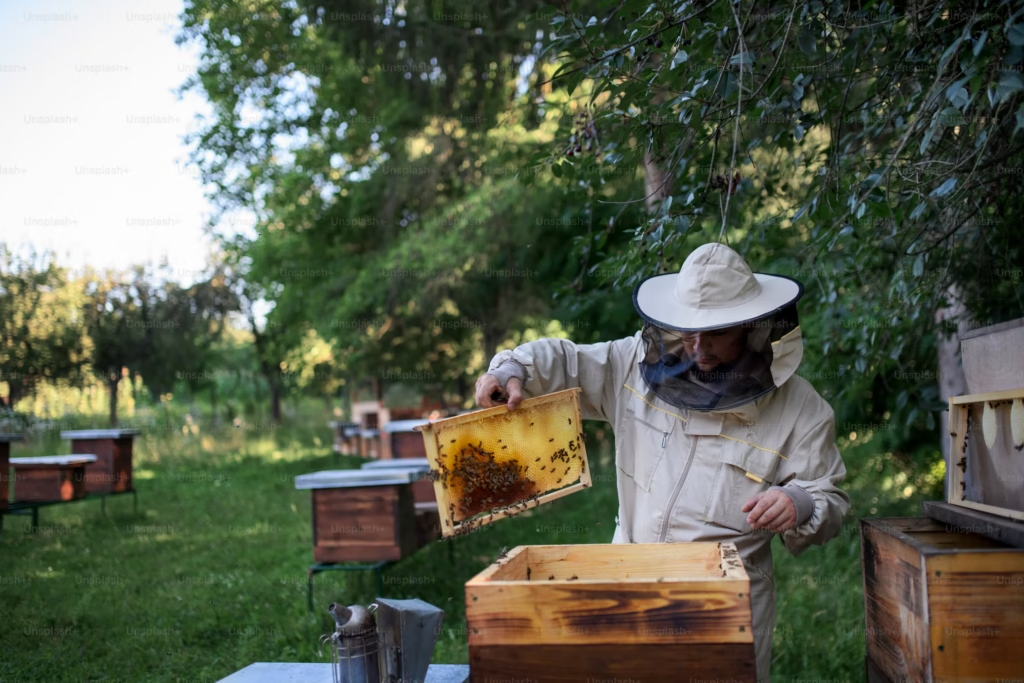
Best Practices for Raising Dairy Cattle
Raising dairy cattle is a rewarding but challenging endeavor that requires a deep understanding of animal care, nutrition, and management practices. To ensure the health and productivity of your herd, it’s essential to follow best practices that support animal welfare, maximize milk production, and maintain profitability. Here’s a guide to the best practices for raising dairy cattle.
1. Select the Right Breed
The first step to raising dairy cattle is choosing the right breed. Different breeds offer various benefits in terms of milk production, disease resistance, and adaptability to different climates.
- Holstein: The most common dairy breed, known for high milk yield.
- Jersey: Smaller in size but produces rich, high-butterfat milk.
- Guernsey: Known for its high-quality milk with a good balance of quantity and fat content.
- Ayrshire: Known for their ability to adapt to a variety of conditions and producing high-quality milk.
Select a breed that suits your farming conditions and business goals. If you’re new to dairy farming, you may want to start with a breed that’s easier to manage and has a good production record.
2. Provide Proper Nutrition
The health and productivity of dairy cattle depend heavily on their diet. A balanced diet helps cows stay healthy, produce high-quality milk, and maintain a healthy reproductive system. Here are key aspects of cattle nutrition:
- Forage: Fresh, high-quality pasture is a critical part of a dairy cow’s diet. Offer a mix of grasses and legumes to provide essential nutrients.
- Concentrates: In addition to forages, feed cows grain concentrates like corn, barley, or soybean meal to provide energy and protein, especially for lactating cows.
- Minerals and Vitamins: Include a mix of trace minerals and vitamins to support overall health, milk production, and reproductive performance.
- Water: Always provide access to clean, fresh water. Cows can drink between 30-50 gallons per day, depending on their size and milk production.
3. Maintain a Comfortable Environment
Creating a comfortable and stress-free environment for dairy cattle is crucial for their overall health and milk production. Consider the following:
- Shelter: Ensure your cows have access to a clean, dry, and comfortable barn or shelter, especially during extreme weather conditions. Proper ventilation and temperature control are key.
- Bedding: Use straw, sawdust, or rubber mats to provide soft, dry bedding. Clean bedding helps prevent injuries and maintains hygiene.
- Space: Provide enough space for cows to move freely. Overcrowding can lead to stress, injuries, and poor milk production.
4. Regular Milking Routine
Establishing a consistent milking routine is essential for maintaining milk production and cow health.
- Milking Schedule: Milk your cows at the same times every day. Dairy cows need to be milked at least twice a day—morning and evening—depending on their milk yield.
- Milking Hygiene: Ensure that milking equipment is clean and sanitized before and after each use. Clean the cow’s udder before milking to prevent infections and maintain milk quality.
- Teat Care: Regularly inspect cows’ teats for signs of injury, infection (such as mastitis), or irritation. Proper teat care helps maintain milk production and prevents disease.
5. Health Management and Disease Prevention
Keeping dairy cattle healthy is essential for maximizing milk production and maintaining herd productivity.
- Vaccinations: Follow a recommended vaccination schedule for your herd to protect against diseases like brucellosis, tuberculosis, and foot-and-mouth disease.
- Parasite Control: Regularly deworm cows and control external parasites like ticks and flies. This helps maintain good health and prevents disease spread.
- Mastitis Prevention: Mastitis is a common and costly disease in dairy cows. Prevent it by ensuring proper milking hygiene, using proper milking techniques, and providing adequate teat care.
- Veterinary Care: Work closely with a veterinarian to establish a herd health plan. Routine check-ups and consultations can help prevent and manage health issues.
6. Implement Good Reproductive Management
Reproductive health is directly tied to the profitability of your dairy farm. Proper reproductive management ensures that cows are bred at the right time, leading to consistent milk production.
- Heat Detection: Identify when cows are in heat to ensure successful breeding. This can be done through visual observation or by using heat-detection technology like pedometers or activity monitors.
- Breeding Programs: Choose whether to use artificial insemination (AI) or natural breeding. AI allows for better control of genetics, while natural breeding may be more economical for some farms.
- Calving Management: Calving is a critical time for dairy cows. Ensure that cows are in good health leading up to calving and that they receive proper care during and after delivery.
7. Implement Efficient Waste Management
Proper waste management is necessary for maintaining a clean farm, reducing pollution, and ensuring animal health.
- Manure Handling: Develop an efficient manure management system, such as composting or spreading manure on fields as fertilizer. Proper manure management can improve soil health and reduce the risk of disease.
- Waste Disposal: Ensure that waste products like bedding and waste feed are disposed of properly, either by composting or through other environmentally responsible methods.
8. Record Keeping
Keeping accurate and detailed records is important for managing your dairy farm and complying with regulations.
- Milk Production: Track the amount of milk produced by each cow, as well as any fluctuations or decreases in production.
- Health Records: Maintain records of vaccinations, diseases, treatments, and any medical issues for each cow.
- Breeding and Reproduction: Keep track of breeding dates, calving dates, and reproductive health for each cow.
- Financial Records: Monitor costs and income, including feed, veterinary care, and milk sales, to ensure your dairy farm is profitable.
9. Focus on Sustainability
Sustainable farming practices not only help preserve the environment but can also improve the long-term profitability of your dairy farm.
- Reduce Waste: Implement practices that minimize waste and promote recycling, such as reusing water and feed leftovers.
- Energy Efficiency: Consider renewable energy sources such as solar panels to reduce electricity costs.
- Soil Health: Use organic or sustainable farming techniques to enhance soil quality and reduce dependency on chemical fertilizers.
10. Continue Education and Adaptation
The dairy farming industry is constantly evolving, with new technologies, practices, and regulations. Stay informed and be prepared to adapt.
- Stay Updated on Industry Trends: Read industry publications, attend conferences, and connect with other farmers to stay informed on the latest advancements in dairy farming.
- Experiment with Technology: Consider adopting agri-tech solutions like automated milking systems, feed management software, or herd management apps to improve efficiency and reduce labor costs.
Conclusion
Raising dairy cattle requires a combination of proper management, animal care, and attention to detail. By following these best practices, you can ensure that your cows remain healthy and productive, leading to higher milk yields, better milk quality, and a more profitable operation. Remember that dairy farming is a long-term commitment, and success often comes from a blend of experience, education, and continual improvement.



